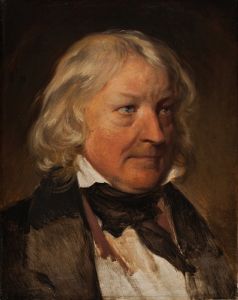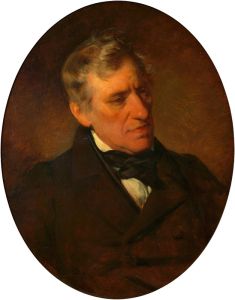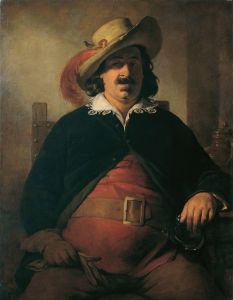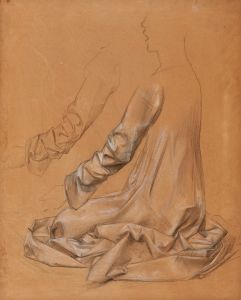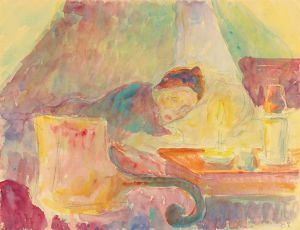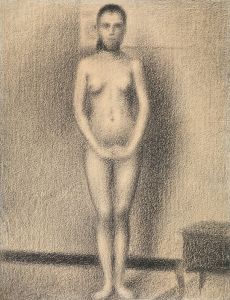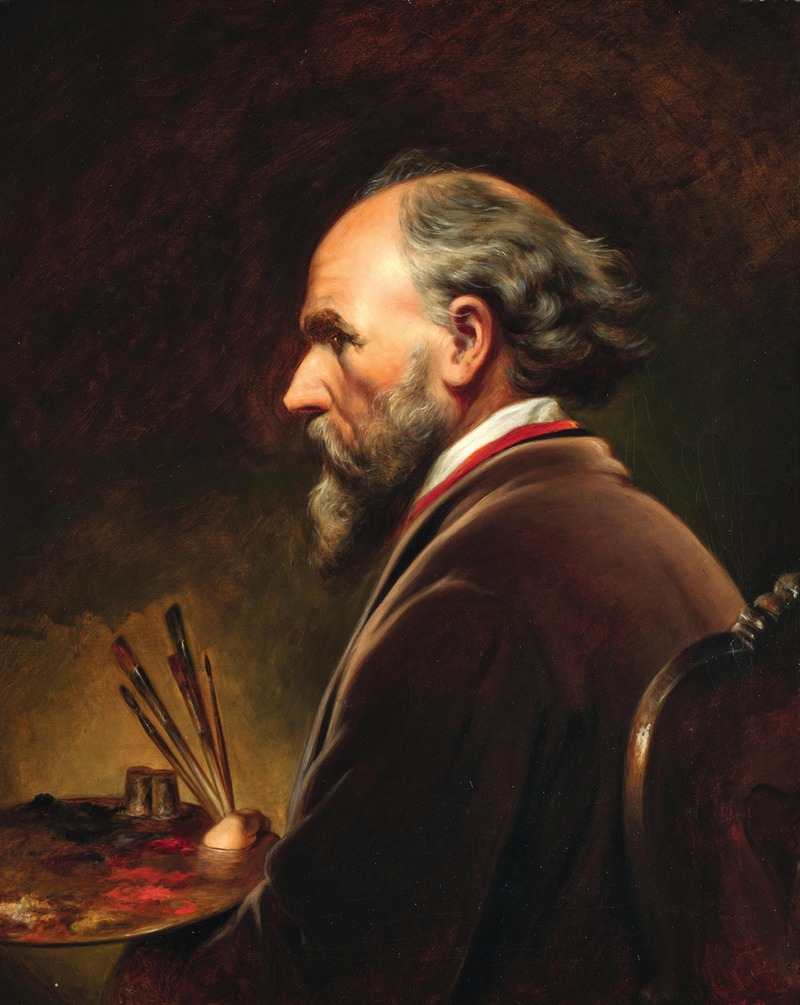
Self-Portrait
A hand-painted replica of Friedrich von Amerling’s masterpiece Self-Portrait, meticulously crafted by professional artists to capture the true essence of the original. Each piece is created with museum-quality canvas and rare mineral pigments, carefully painted by experienced artists with delicate brushstrokes and rich, layered colors to perfectly recreate the texture of the original artwork. Unlike machine-printed reproductions, this hand-painted version brings the painting to life, infused with the artist’s emotions and skill in every stroke. Whether for personal collection or home decoration, it instantly elevates the artistic atmosphere of any space.
Friedrich von Amerling (1803–1887) was a prominent Austrian portrait painter in the 19th century, known for his exquisite and detailed portraits of the aristocracy and bourgeoisie of his time. Among his numerous works, "Self-Portrait" is a notable piece that reflects both his technical skill and his personal style as an artist.
Friedrich von Amerling was born in Vienna and studied at the Academy of Fine Arts Vienna, as well as in Prague and London. His exposure to various artistic styles and techniques during his studies greatly influenced his development as a portrait artist. Amerling became one of the most sought-after portraitists of his era, often compared to his contemporary, Franz Xaver Winterhalter. His works are characterized by their realism, attention to detail, and the ability to capture the personality and status of his subjects.
The "Self-Portrait" by Friedrich von Amerling is an exemplary work that showcases his mastery in portraiture. Although specific details about the date of creation and the current location of this self-portrait are not widely documented, the painting is often recognized for its meticulous detail and the insight it provides into Amerling's self-perception as an artist. In this self-portrait, Amerling presents himself with a composed and confident demeanor, reflecting the self-assuredness that comes with his established reputation in the art world.
Amerling's technique in this self-portrait, as in many of his other works, involves a careful rendering of textures and fabrics, as well as a keen attention to the play of light and shadow. This approach not only highlights his technical prowess but also adds a lifelike quality to the portrait, making the subject appear almost tangible. The use of light in particular is a hallmark of Amerling's style, often employed to enhance the three-dimensionality of his subjects and to create a sense of depth and realism.
Throughout his career, Amerling received numerous accolades and was appointed as a court painter by Emperor Franz Joseph I of Austria. His works were celebrated for their elegance and the way they captured the essence of the Austrian elite. Amerling's portraits, including his self-portrait, remain significant in the study of 19th-century European art, offering insights into the cultural and social dynamics of the time.
Today, Friedrich von Amerling's works are held in high regard and are part of various prestigious collections, including the Belvedere Gallery in Vienna and the Kunsthistorisches Museum. His self-portrait, along with his other paintings, continues to be studied and admired for its artistic excellence and historical significance.
In summary, Friedrich von Amerling's "Self-Portrait" is a testament to his skill as a portraitist and his ability to convey the subtleties of human expression and character. It stands as a reflection of his artistic legacy and his contribution to the rich tapestry of 19th-century European art.





